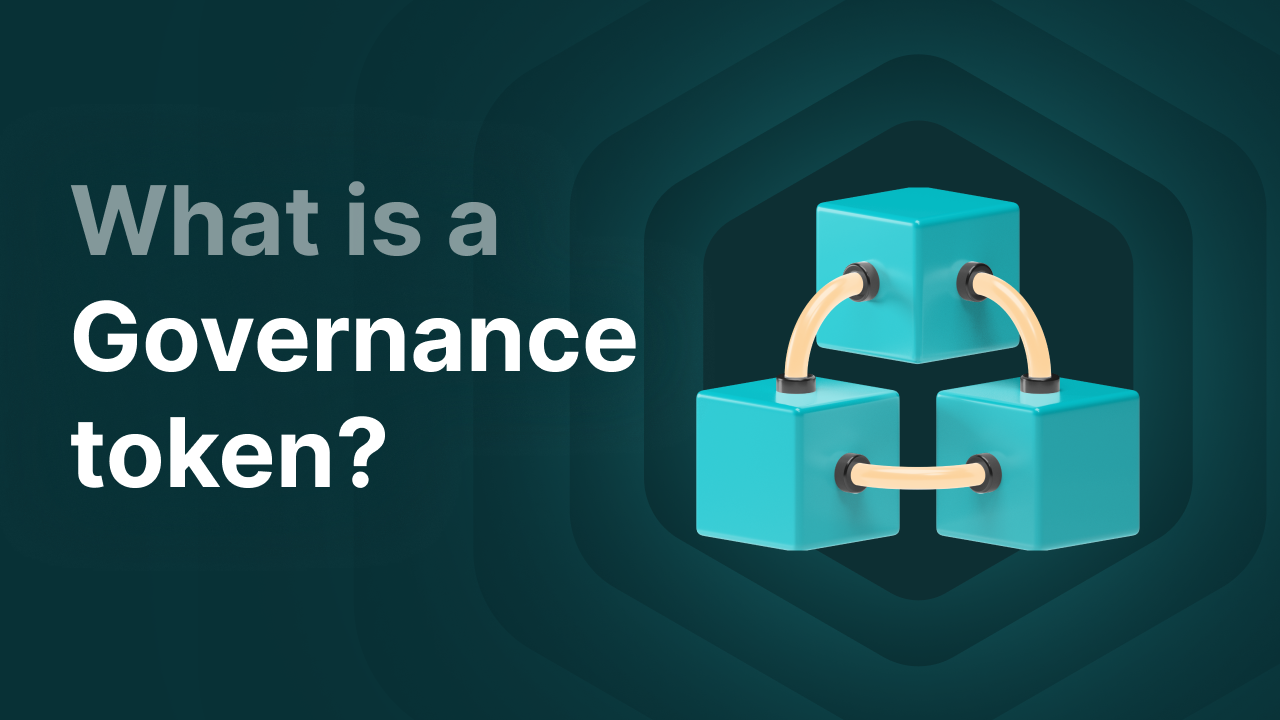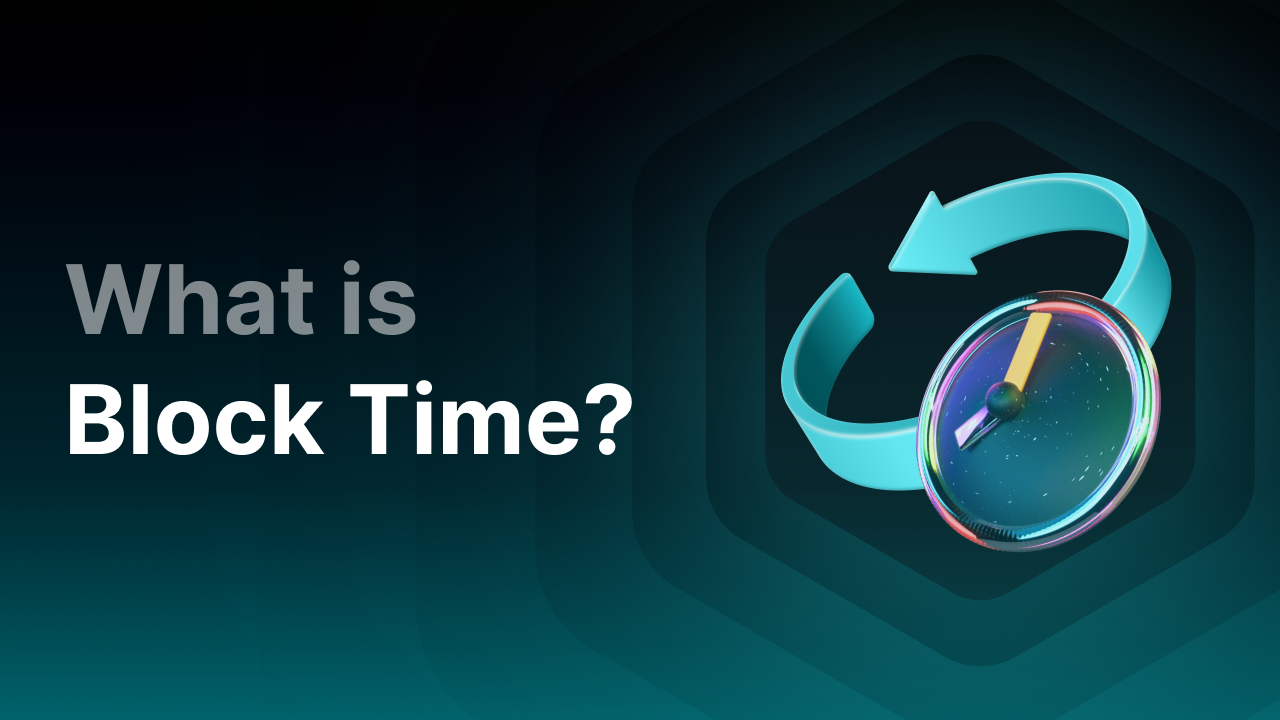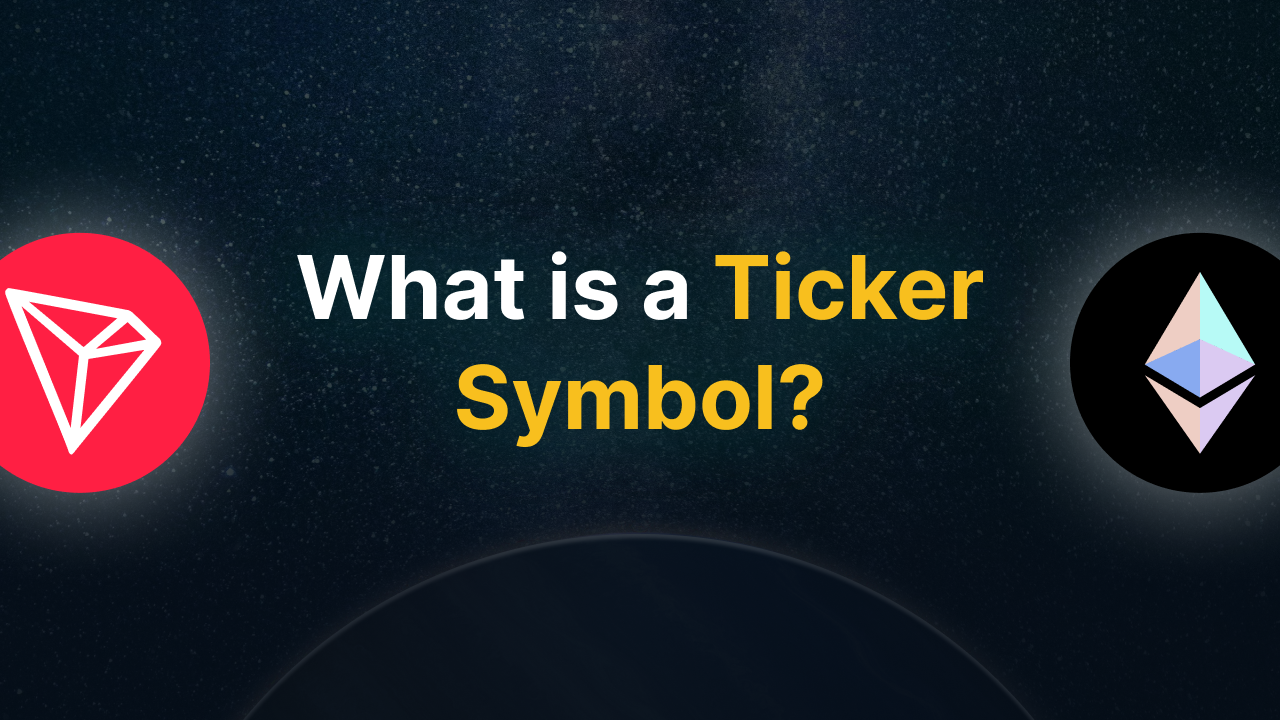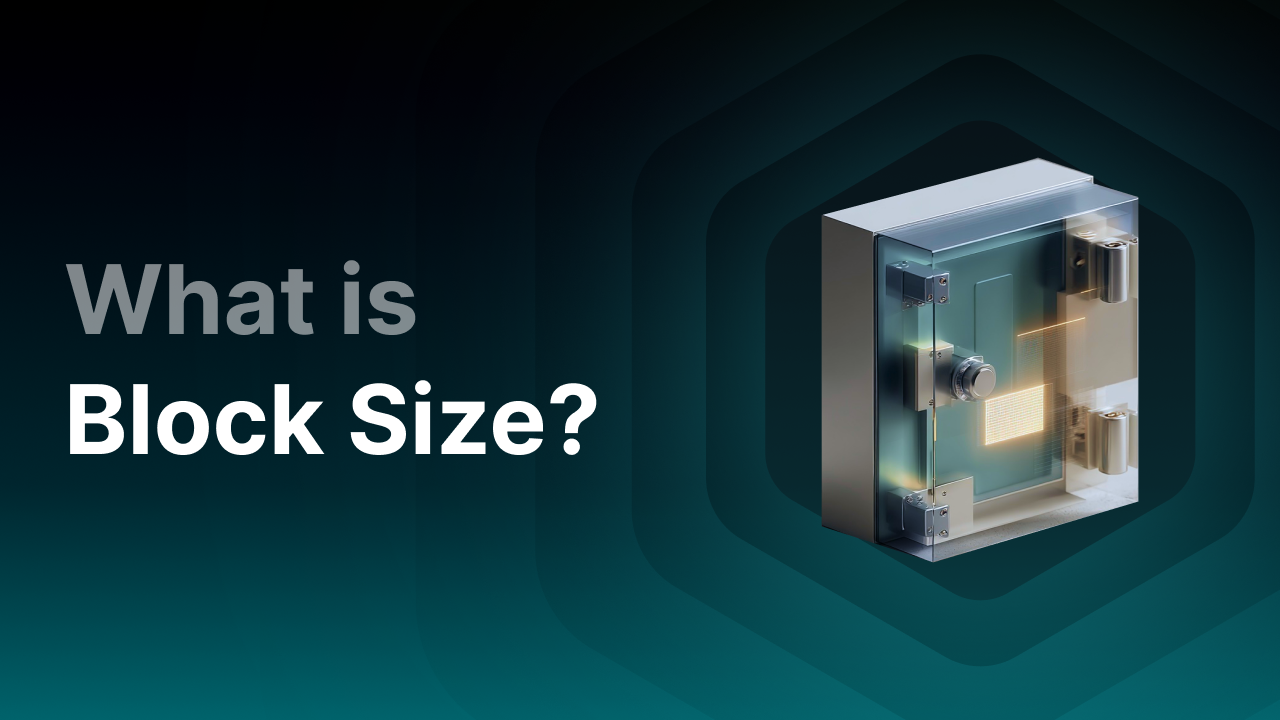What is a liquidity pool and how does it work?

What is a liquidity pool?
A liquidity pool is a collection of crypto or tokens that users have deposited together into a smart contract. This pool is used to enable trading on a decentralized exchange (DEX).
Instead of using buyers and sellers like on a traditional exchange, many DeFi platforms use a system called automated market makers (AMMs). These allow you to trade tokens without needing a direct counterparty. It all happens fully automatically and permissionlessly through these liquidity pools. If you decide to participate and lend your cryptocurrencies to a liquidity pool, this is called: Yield farming or liquidity mining.
Key Takeaways
-
A liquidity pool is a collection of crypto stored in a smart contract to enable trading on DEXs without an order book or counterparty.
-
Users who add crypto to a pool (liquidity providers) earn rewards from trading fees and sometimes extra tokens via yield farming.
-
The price in a pool is automatically determined based on the ratio of tokens (via an AMM system).
-
Liquidity pools are used in DEXs, DeFi apps, blockchain games, and marketplaces that require token swaps.
-
There are also risks such as impermanent loss, smart contract bugs, and high gas fees. Always do your own research before participating.
How does a liquidity pool work?
You now know what a liquidity pool is: a collection of crypto provided by users into a smart contract, allowing for automated trading on a DEX (decentralized exchange). But how exactly does that work under the hood?
Trading without an order book
On a centralized exchange (like Finst), trading works through an order book. Buyers and sellers place bids, and when a price matches, a deal is made. In DeFi, it works differently. It often uses an automated market maker (AMM).
Instead of direct buyers and sellers, you deposit your tokens into a pool on a DEX like Uniswap or PancakeSwap. This liquidity pool almost always contains two different tokens, for example ETH and USDC. The ratio between the two determines the price. So instead of supply and demand on an order book, the price is automatically calculated based on how much of each token is in the pool.
Example: Let's say you (and others) add ETH and USDC to a pool. These tokens are then used by others who want to swap (i.e. someone wanting to exchange USDC for Ethereum or vice versa).
Every time someone makes a swap, the ratio of tokens in the pool changes. This also automatically changes the price. This system is called the constant product formula (x * y = k). It sounds complex, but it just means that the token amounts in the pool always remain in balance using a formula.
Who adds the liquidity?
Anyone can add liquidity to a pool. If you have, for example, 1 ETH and 3,000 USDC, you can contribute them to a pool. In return, you receive a liquidity token (LP) representing your share in the pool. If you only have 1 ETH and no USDC, that's not a problem. Most platforms will automatically convert this to a 50/50 balance. The LP token can later be redeemed to withdraw your share from the pool and claim your reward.
As long as your crypto remains in the pool, you earn a portion of the trading fees from every swap that happens through that pool. These are usually small percentages (e.g. 0.3% per transaction), but with large volumes, that can add up significantly.
What do you earn from yield farming?
Your reward usually consists of two components:
-
Trading fees: these are distributed among all liquidity providers.
-
Platform incentives: some platforms provide extra tokens in the form of governance tokens (such as UNI or CAKE) to attract liquidity.
But watch out: there are also risks like impermanent loss!
Impermanent loss
If the price ratio between the two tokens in the pool changes significantly, this can be unfavorable for you as a liquidity provider. This is called impermanent loss. It happens when one of the tokens becomes worth much more (or less), and the pool automatically rebalances. If you exit at the wrong time, you may receive less value than if you had simply held onto your tokens. It's called 'impermanent' because the loss isn’t locked in as long as you stay in the pool. The ratio might recover and nothing may be lost. This depends on the prices of the coins in the pool.
How can I participate in a liquidity pool?
You don’t need much to participate in a liquidity pool. You’ll need:
-
A wallet compatible with DeFi platforms (such as MetaMask)
-
The right tokens in your wallet (e.g. Ethereum on the Ethereum blockchain)
-
A small amount of native coins for transaction fees (e.g. ETH for Ethereum or BNB for BNB Chain)
-
A DEX where this is possible. Once you've found a suitable DEX, you can start adding your crypto to the liquidity pool.
What are liquidity pools used for?
Liquidity pools are used in many types of applications, as long as they run on the blockchain. Since the system is fully decentralized, liquidity pools can't be used in centralized (traditional) apps. Everything happens on-chain, without interference from a central party.
Decentralized exchanges (DEX)
The best-known use of liquidity pools is in decentralized exchanges (DEXs). These are platforms like Uniswap, Sushiswap, and PancakeSwap where users can trade crypto directly with each other, without a centralized exchange.
Note: each DEX uses its own pools. That means you might get a different price on Uniswap than on Sushiswap. Want the best deal? Then use a DEX aggregator (such as 1inch), which automatically finds the best price across multiple platforms.
Decentralized applications (dApps)
It's not just exchanges that use liquidity pools. Many other DeFi applications also rely on them. Think of a decentralized exchange. The tokens you use and the profits you earn aren’t managed by a central party, but are handled through smart contracts in a liquidity pool.
The same applies to blockchain games (like decentraland). The tokens you earn or spend in such a game are sent via liquidity pools. You’re not dealing with a company, but with the smart contracts of the game.
Many games and platforms even have their own marketplace. Suppose you want to buy an item there that can only be paid for with AAVE tokens, but you only have ETH. Then the platform can automatically swap your ETH for AAVE in the background using an AMM (automated market maker) that connects to a liquidity pool.
Advantages of liquidity pools (yield farming)
Now that you know what liquidity pools are and how they work, you may be wondering: why join one? Liquidity pools are one of the most popular ways to generate passive income within DeFi. Here are a few benefits:
- Passive income via yield farming
Once you add your crypto to a liquidity pool, you start earning yield automatically. You don’t need to do anything else. Every time a transaction takes place through that pool, a small percentage is shared among the liquidity providers (including you). And the bigger your share of the pool, the bigger your reward.
Many platforms (like Uniswap, Balancer, or PancakeSwap) also offer additional rewards in the form of tokens. This is called yield farming: you're essentially earning returns on your own capital.
- Accessible and flexible
Unlike, for example, mining or full node staking, you don’t need technical installations or expensive hardware for liquidity pools. All you need is a crypto wallet (like MetaMask) and the right tokens. You can start in just a few clicks.
Most liquidity pools are also flexible. You can often enter and exit whenever you want (though there are exceptions for certain farming tools). This makes it easy to experiment with different pools or strategies.
- DeFi integration and extra opportunities
Since liquidity pools operate fully on-chain, you can often use your LP tokens in other DeFi applications. Think of:
-
Using LP tokens as collateral for loans
-
Staking LP tokens for extra rewards
-
Selling or trading LP tokens
In other words: your crypto keeps ‘working’ in multiple places at once. This helps you maximize returns.
Disadvantages of liquidity pools (yield farming)
While it all sounds attractive, there are several risks to be aware of. Especially if you're new to DeFi, it's important to understand them.
- Impermanent loss
As mentioned earlier, this may be the biggest risk for liquidity providers. If the price of one of the tokens in your pool rises or falls sharply relative to the other, the ratio becomes unbalanced. The result: if you withdraw your tokens, you may get back less value than if you had simply ‘hodled’.
The loss is ‘impermanent’ as long as you don’t exit the pool, but if you exit at the wrong time, the loss becomes permanent.
- Smart contracts and hacks
You’re putting your crypto into a smart contract. That sounds great, but smart contracts can have bugs in the code. And where there’s money, hackers appear. Liquidity pools are often targeted. Think bugs, rug pulls, or flash loan exploits. So only invest through reliable platforms with verified contracts (ideally: with audits).
- Unpredictable returns
The rewards in liquidity pools are often variable. They depend on trading volume, fee levels, and how many people are in the pool. If lots of new participants join, your share of the rewards shrinks.
Some projects promise high APRs (sometimes hundreds of percent annually), but these can drop quickly—especially if the rewards are in tokens that have little value or low liquidity.
- Fees and gas costs
Especially on networks like Ethereum, transaction fees (gas fees) can be steep. Adding/removing liquidity, claiming rewards, and doing swaps can all add up. If you invest only a small amount, those costs can eat your profit. For example, if you invest just €100, but every transaction costs €20, your returns can vanish quickly.
Final thoughts
Liquidity pools are a core component of the DeFi ecosystem. They enable crypto trading, passive income, and blockchain applications without relying on a centralized party. Whether you’re trading on a DEX, playing a blockchain game, or using a DeFi platform: chances are there’s a liquidity pool operating in the background.
For users, liquidity pools are especially appealing due to the potential for passive income through yield farming. You don’t need to buy expensive gear or set up complex systems. All you need is a wallet, some tokens, and a bit of gas to get started.
But beware: there are risks. Think of impermanent loss, smart contract bugs, hacks, and variable rewards. On networks with high transaction costs, fees can also eat into your profits.
Ultimately, it’s all about balance: know what you’re getting into, do your own research (DYOR), and start with an amount you’re willing to lose.




